Fahrenheit 451. How the Kherson library survives under shelling
Olesya Pavlyshyn
The Kherson library began operating for the residents on June 18, 1872. During the Soviet period, it became one of the most modern scientific libraries in Ukraine. In the late 1980s, the old building from the Russian Empire era was replaced by a new one on the banks of the Dnipro River, where the library relocated in 1987.
Now, after the occupation, the Kherson Regional Universal Scientific Library named after Oleksii Honchar is in a critical state: just across the river, a few hundred meters away, are the Russians.
Having retreated to the left bank, they regularly target this location: there have been numerous "arrivals" nearby, and three times the library has suffered damage due to targeted artillery shelling. Photographer Ivan Antipenko visited here in August after the first attack.
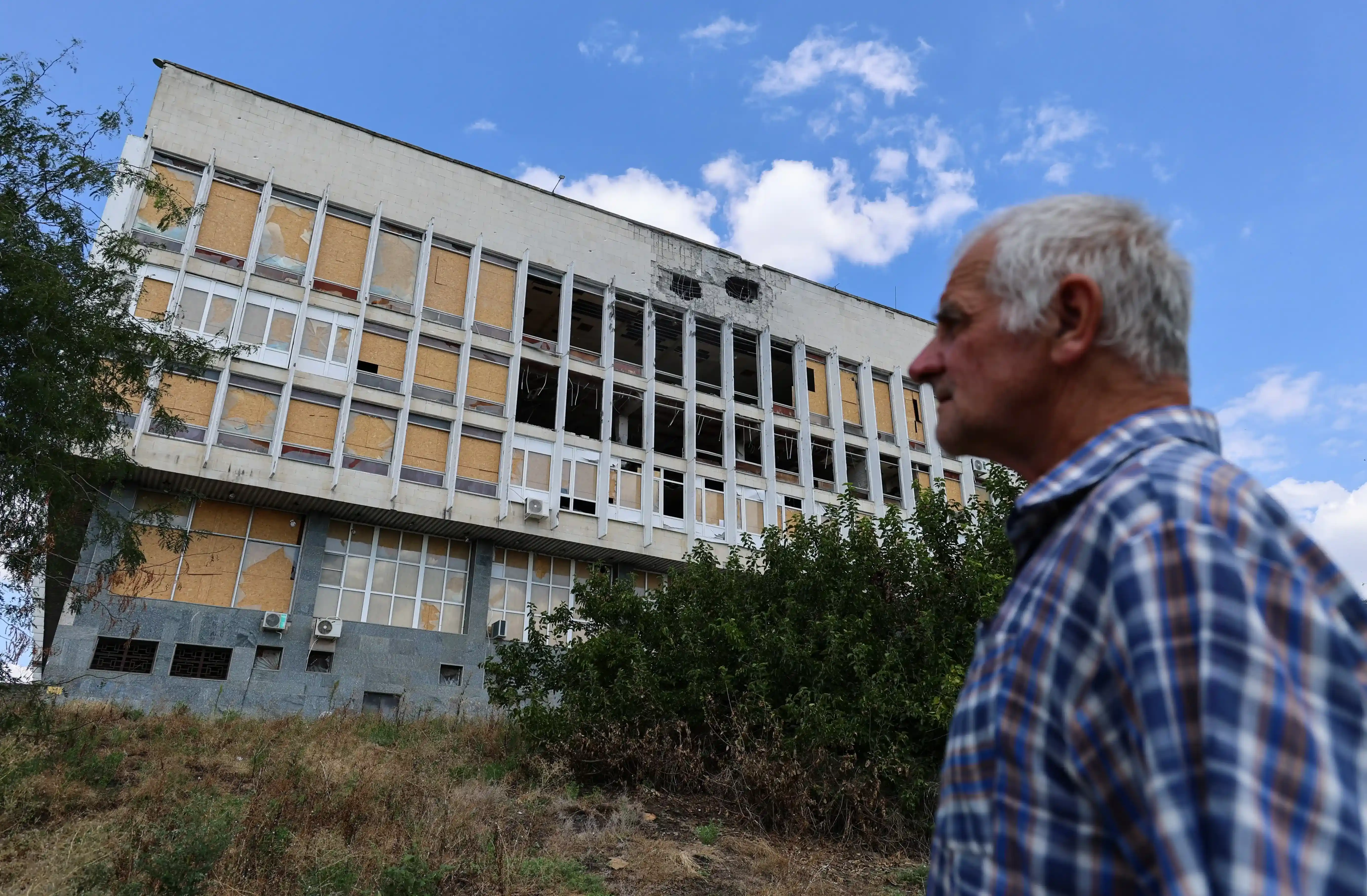
However, a direct air strike proved fatal for the building. As a result of this attack, the library was practically destroyed: the fourth floor collapsed onto the third, some halls and offices were completely destroyed, according to Oksana Shestakova, acting deputy director for general affairs. "A fire broke out, engulfing several departments on the third floor. The rescuers couldn't approach the building because the Russians would begin shelling as soon as they saw the fire truck approaching, hindering the rescuers from doing their work. This is a common practice among the occupiers. Unfortunately, due to the lost time, several rooms were completely burned," explains the librarian.

Going to work is even dangerous, explains Ms. Oksana: the Glory Park, located in a low area where the library is situated, is an open space that is constantly under fire. Since Kherson was de-occupied, the staff has rarely been there. However, the technical service staff, whom Ms. Oksana calls heroes without hesitation, stay to guard the building and board up windows after each attack.
During the occupation, the library was mostly empty. The Russians entered the library several times. "They first came to the library in March. They demanded modern maps of the Kherson region from the director, as they were lost in the area and didn't understand why they were heading to Tsyurupynsk but ended up in Oleshky. Our decommunization thoroughly confused them. The director explained that we had long been using Google Maps," says Ms. Oksana.

The second time, the military stayed here for several days before celebrating May 9, guarding the festivities for "Victory Day" held in the park. Only the NATO stand suffered significant damage during this time — soldiers simply destroyed it, and all guides and brochures were thrown in the trash.
The third time, the occupation authorities came on June 24, exactly 150 years after the library's establishment, and since then, staff were not allowed into the building. By September, the library began operating under Russian administration. About 20 people out of Ms. Oksana's 141 colleagues agreed to cooperate, including only seven librarians.
"We saw propaganda reports where our former colleagues showed literature on the ATO fighters, books on the Revolution of Dignity, the Orange Revolution, and called it Nazi. It was very unpleasant to hear such things from colleagues you had just spent an evening with, for example, celebrating Lesya Ukrainka's anniversary," she shares. "Educators face punishment for collaboration, but ordinary cultural workers do not," Ms. Oksana emphasizes.
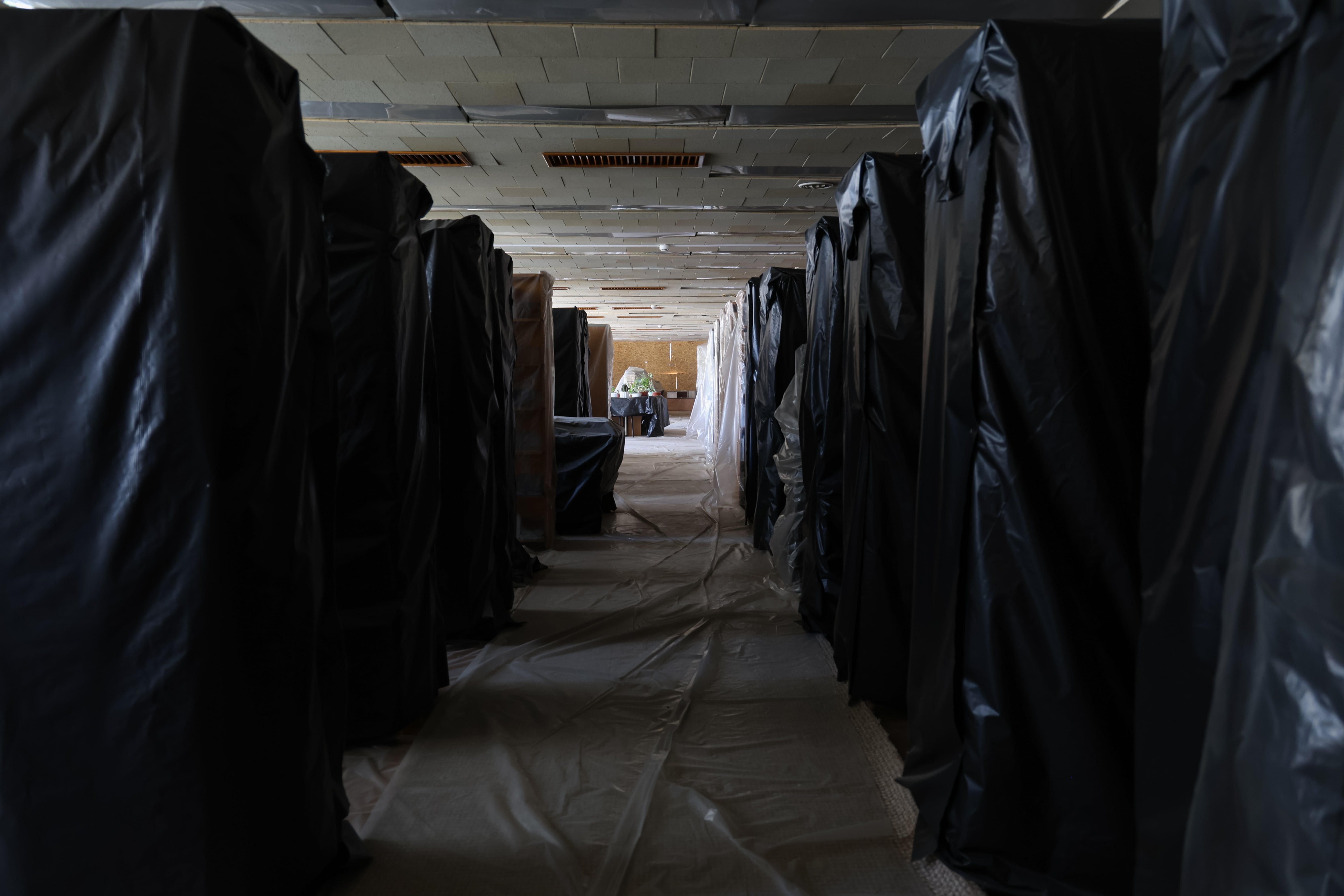
In mid-March 2022, she and a colleague managed to access the library to take important documents and hide the most valuable items (taking home items like a lifetime edition of "Kobzar" became dangerous, and evacuation was impossible). However, one former rare and valuable editions department employee agreed to cooperate with the occupiers, returned to work, and retrieved the rare items from their hiding place. On October 22, 2022, when the Russians announced their evacuation from Kherson, occupation authorities last entered the library. At that time, they took the collection of pre-revolutionary editions, including regional studies, to the territory under their control.

Fortunately, when the occupiers were taking items, someone from the staff managed to hide a few boxes in an unremarkable restoration office near the black stairs, covering them with debris. Thanks to this unknown person, some valuable editions were preserved. One such item was an ancient atlas created for the French Academy of Sciences by the German royal cartographer Tobias Conrad Lotter in Augsburg (Germany), likely in the 1770s. It consists of 49 maps — copperplate engravings with hand-painted watercolor. The saved items are now in a safer location.
The occupiers were primarily interested in Russian literature. Mostly, rare editions of Russian writers were stolen, such as an edition with Saltykov-Shchedrin's autograph and a book with Tyutchev's ex-libris. Currently, this collection is actively used for propaganda purposes: claiming it as evidence that this is Russian territory — even Tyutchev's work is preserved in the library. "We follow the propagandist Telegram channels of the 'Ministry of Culture of Kherson Oblast' and see our stolen bookshelves, with our logo, displaying books from the rare and valuable editions collection," Ms. Oksana recounts.
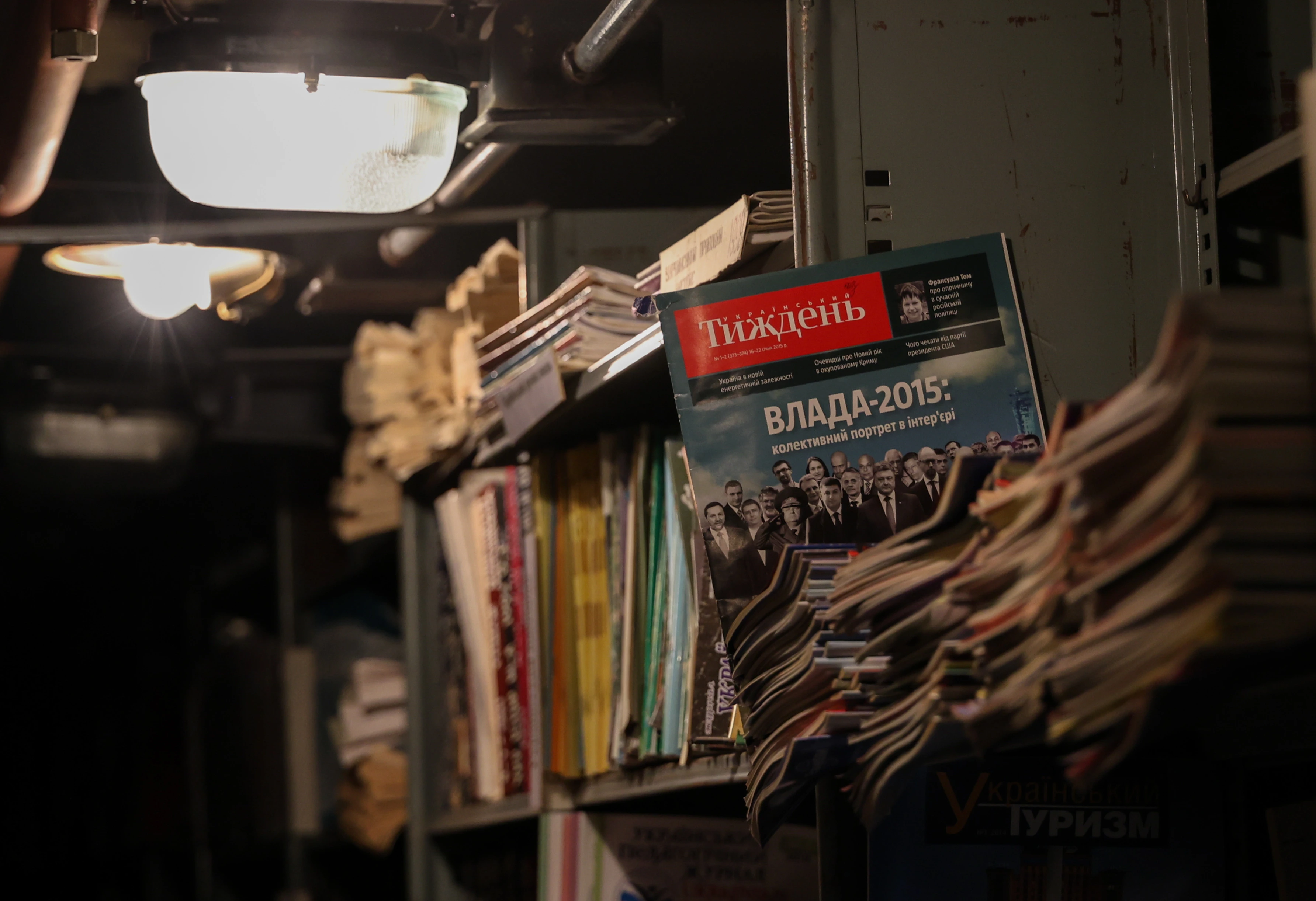
Some editions were destroyed in the recent fire — but, fortunately, these were books already prepared for disposal. Ironically, the occupiers removed Ukrainian texts on the Holodomor, patriotic literature, and more from the collections, but they had not yet managed to dispose of them — and thanks to this, the fire didn't affect them.
An important role was also played by the regional studies documentation department. Researchers from the south came here for sources for their works.
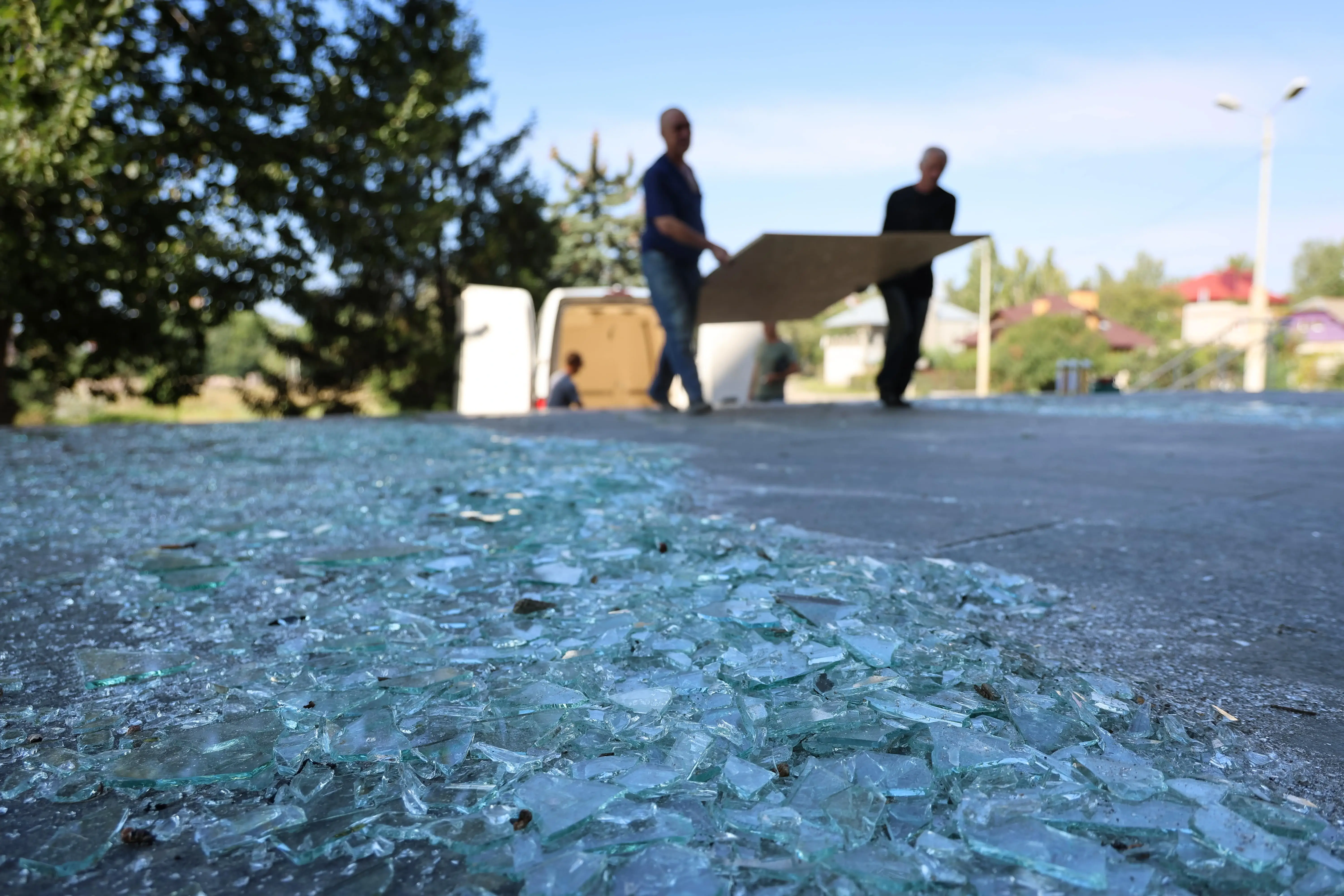
Ms. Oksana emphasizes that the library was a powerful cultural, informational, educational, and leisure center for Kherson residents and only then a book depository. In 2006, they created a service center for people with special needs, primarily focused on the visually impaired. They had comfortable conditions for working with information: computers with voice recognition, consoles that transform Braille from the monitor, and a printer that could print in Braille. The library had a large collection of Braille books, unfortunately lost in the recent fire.
Later, projects expanded: activities for children with Down syndrome and autistic spectrum disorders emerged, including puppet and classical theater, where the children themselves were actors. "The library was an open platform for fulfilling the cultural, informational needs, and needs for intellectual communication of all categories of users," explains Ms. Oksana. The puppet theater was also an element of art therapy, as the children created their own puppets, had access to sewing machines and 3D printers. The library also became a space for communication between children with disabilities and neurotypical children.
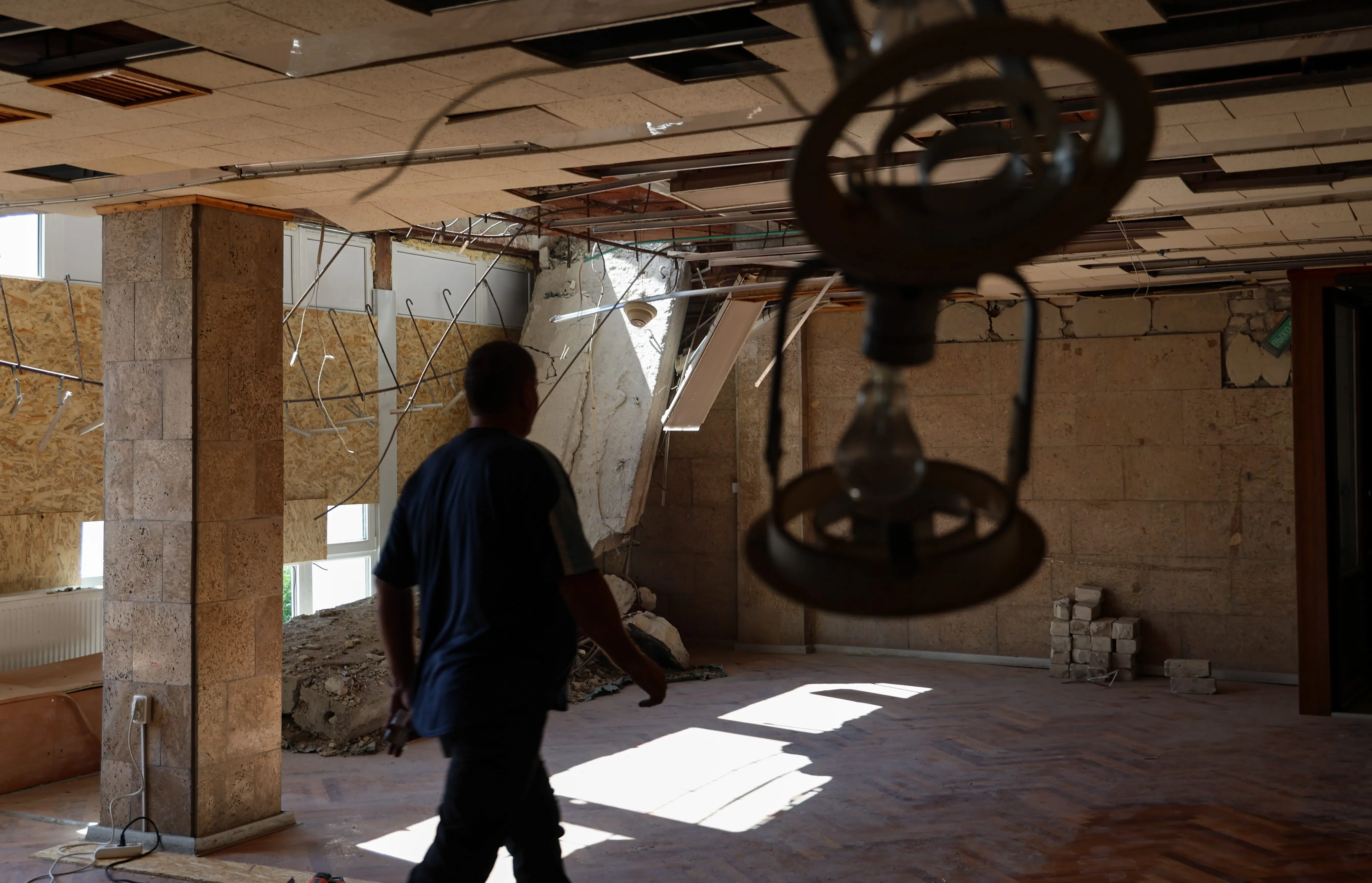
One of the popular projects was the inclusive program "Reading Together with Kimiko" — joint reading sessions with an Akita Inu dog. This is a popular method for promoting reading in libraries in Japan, the USA, and Scandinavian countries. In the US, there is even a whole program "Reading Education Assistants Dog" that involves training dogs to visit schools and motivate children to learn and read. In 2019, it all started with an experimental meeting and turned into a large project that has been ongoing for four years. Initially, children read for Kimiko, who would lie next to them and sometimes even follow the reading with her eyes. Then, it was time for hugs, games, and communication with the fluffy "motivator."
In addition, in 2014, the library established the Ukrainian Language Enthusiasts Club "We Speak Ukrainian." The Revolution of Dignity prompted many residents of Kherson to pay attention to learning Ukrainian. In the club, adults learned to communicate in Ukrainian, overcame language barriers, became acquainted with the works and creativity of famous Ukrainians, and explored history.
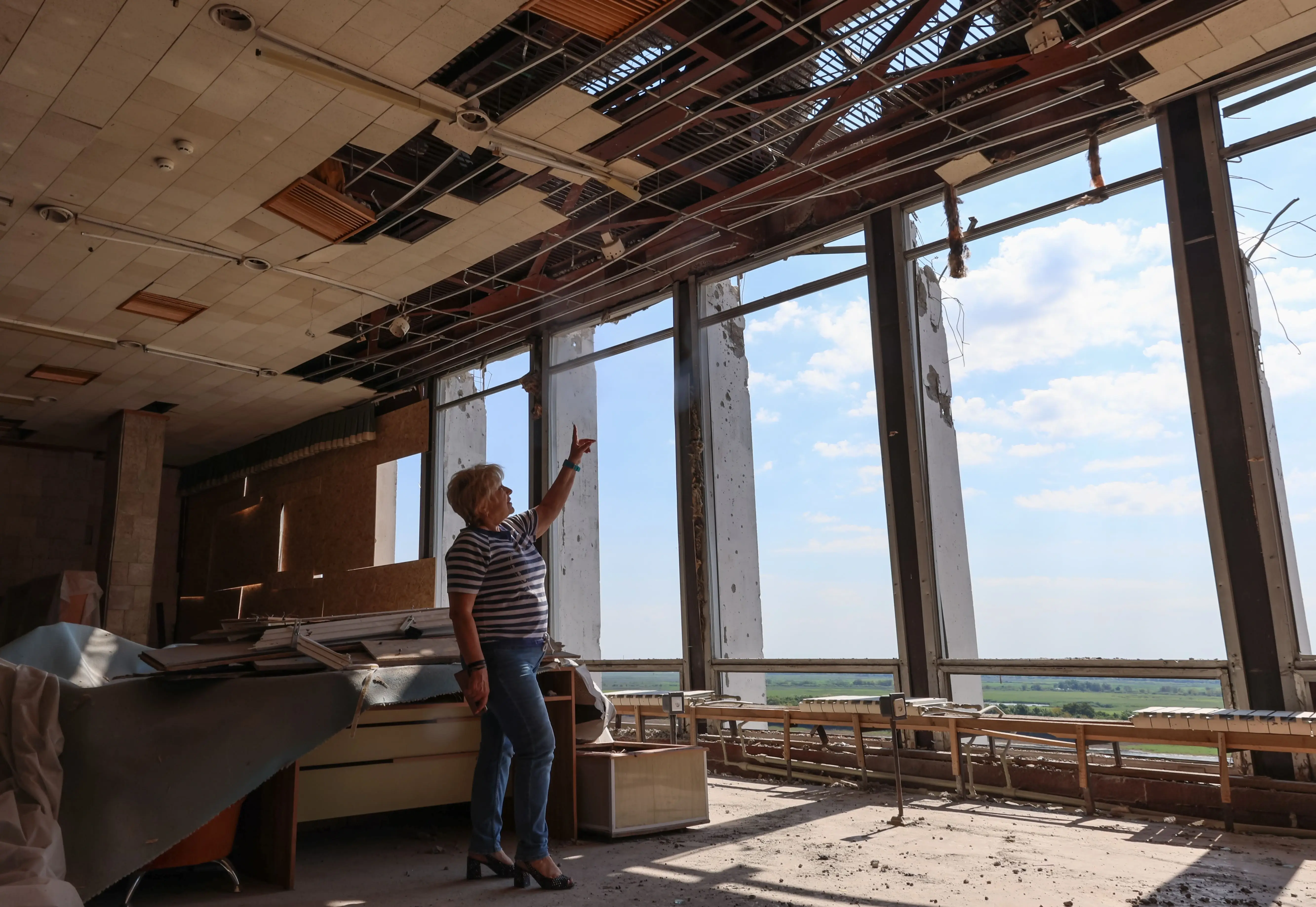
In the early days of the full-scale invasion, the library continued to serve as a hub for Kherson residents, albeit with a different purpose. On the "zero" floor, there is a hall with showers, toilets (including for people with reduced mobility), and sofas. Oksana and dozens of other residents of the district and suburbs seeking shelter arrived there on February 25. About 70 people took shelter in the library: elderly people and families with children.
"The library is located on the banks of the Dnipro, providing a clear view of the bridge and the left bank. From time to time, we would go outside to see what was happening. On Friday, February 25, in the afternoon, we watched the Russians capturing the bridge, shelling the area where our homes were located. Then we observed as, after the capture, heavy machinery continuously moved across the bridge."
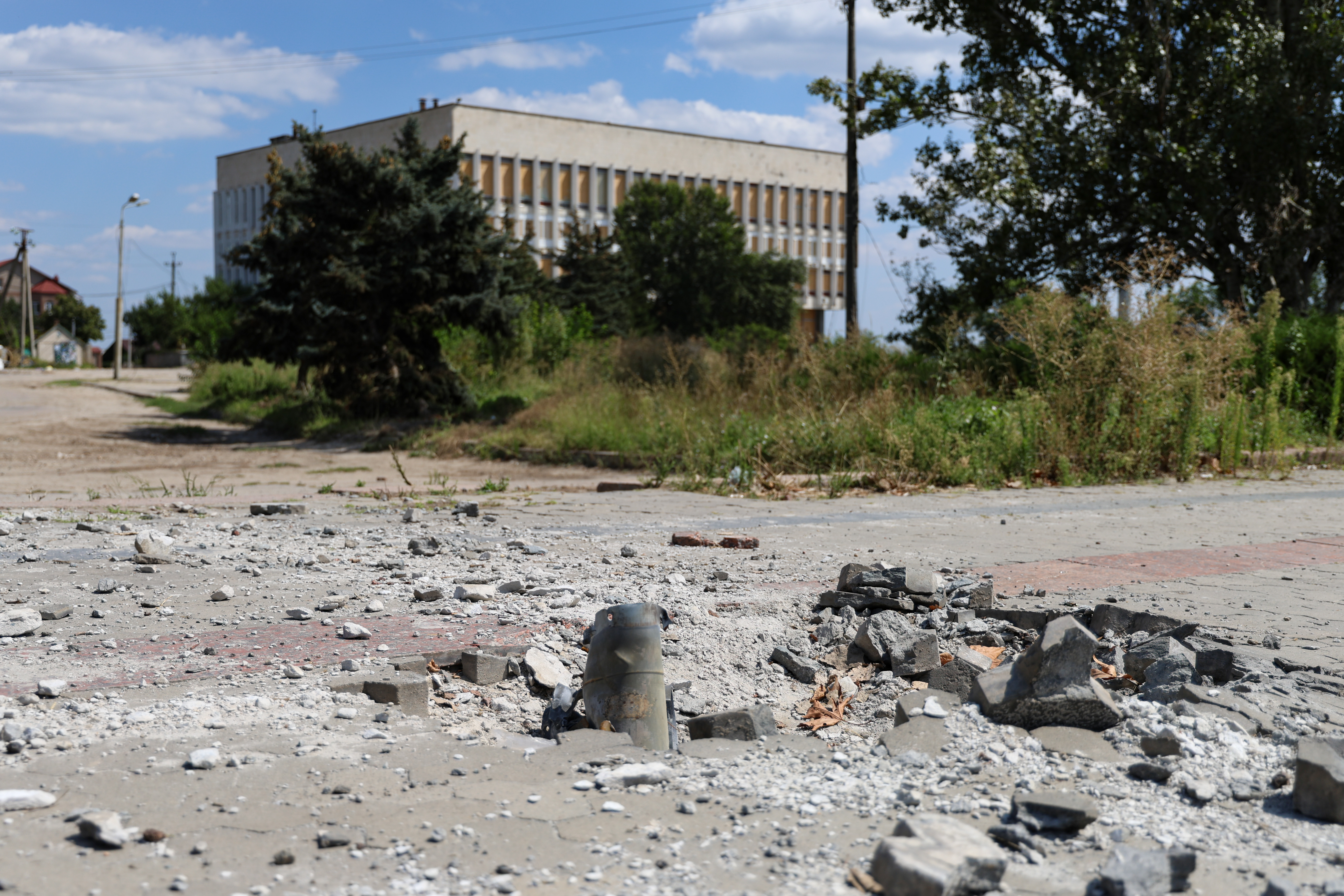
Back in the 1990s, the library was one of the first to create an electronic catalog. Now, out of necessity, all work has shifted online. Almost everything happens remotely: virtual art projects, online lectures, language courses, even the same popular readings with Kimiko.
Even though the building is practically destroyed, the library's website features a banner: "Kherson stood strong! Goncharivka will stand strong too!" "These are incredibly difficult challenges faced by Ukrainians today. We must think about how to live on, how to continue bringing culture to the people," concludes our conversation Ms. Oksana.
Supported by the Alfred P. Sloan Foundation and facilitated by IIE.